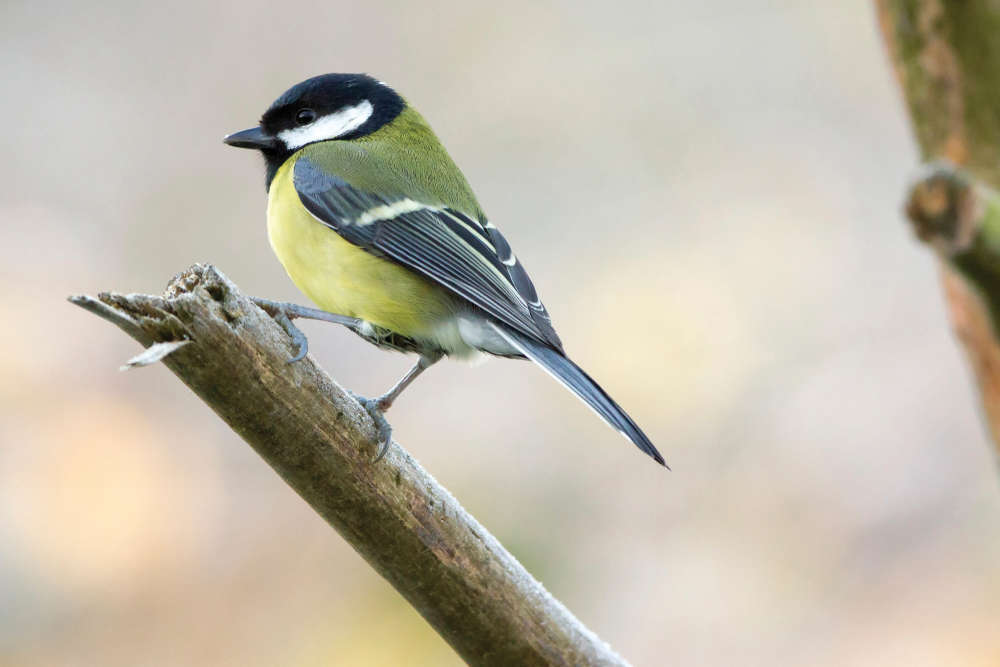
Alice Johnson from the RSPB describes some of the species of birds you might see during the RSPB’s Big Garden Birdwatch this January.
Every year, the RSPB’s Big Garden Birdwatch survey returns. It’s the largest garden wildlife survey in the world, and each January participants spend one hour recording the birds that come to land in their garden, balcony or local green space. Over half a million people in the UK took part in 2023, and more than 9 million birds were counted. Every count matters, as the data submitted to the RSPB allows the charity to gain a snapshot into how garden birds are faring across the UK. This year’s event, taking place on 26th, 27th and 28th January, marks 45 years since the first survey began in 1979.
To sign up to take part and to receive your FREE Big Garden Birdwatch guide, which includes a bird identification chart, top tips for your birdwatch, RSPB shop voucher, plus advice on how to help you attract wildlife to your garden, text BIRD to 82727 or visit rspb.org.uk/birdwatch
1. House Sparrow
This species was the number one bird spotted in UK gardens in 2023 for the 20th year. Males have a grey head and black bib with chestnut sides and white cheeks, while females have pale brown feathers all over with a pale stripe behind the eye. Although nearly 1.5 million were recorded in last year’s survey, the number spotted in gardens has reduced by almost 60% since the Birdwatch began in 1979.

2. Starling
You’ll often see starlings visit your garden in small flocks in search of prey like worms. They like to feed on grassy areas, so along with garden lawns you might also spot starlings in local parks looking for a tasty meal. They have a dark plumage, which has a green and purple colouration to it when you look closely.
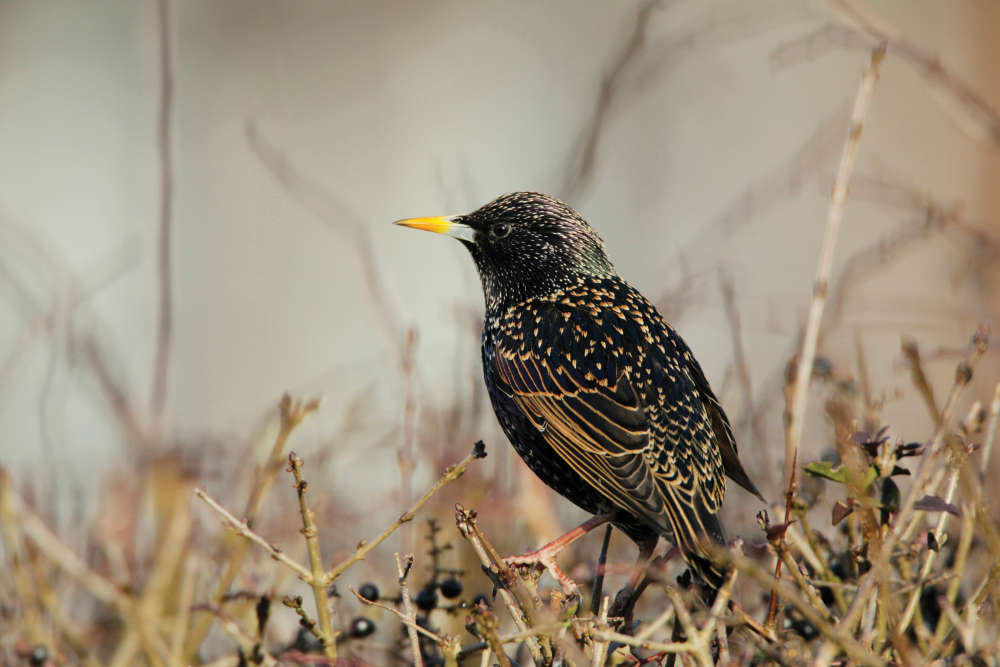
3. Blue Tit
A gloriously colourful garden bird, this species has a mix of blue, white, yellow and green plumage. You’ll often see this species coming to garden feeders, and they’ll also feed on insects – caterpillars are a favourite of theirs. If you put up a nest box in your garden, you may get this beautiful bird nesting in it and raising a family too.

4. Woodpigeon
Lots of people are likely to recognise this species as they’re the largest pigeon in the UK, so are easily spotted when they visit our gardens. They have a soft ‘cooing’ call and will visit garden feeding stations to delve into the food on offer. They’ll also feed on plant material and seeds that are naturally available.
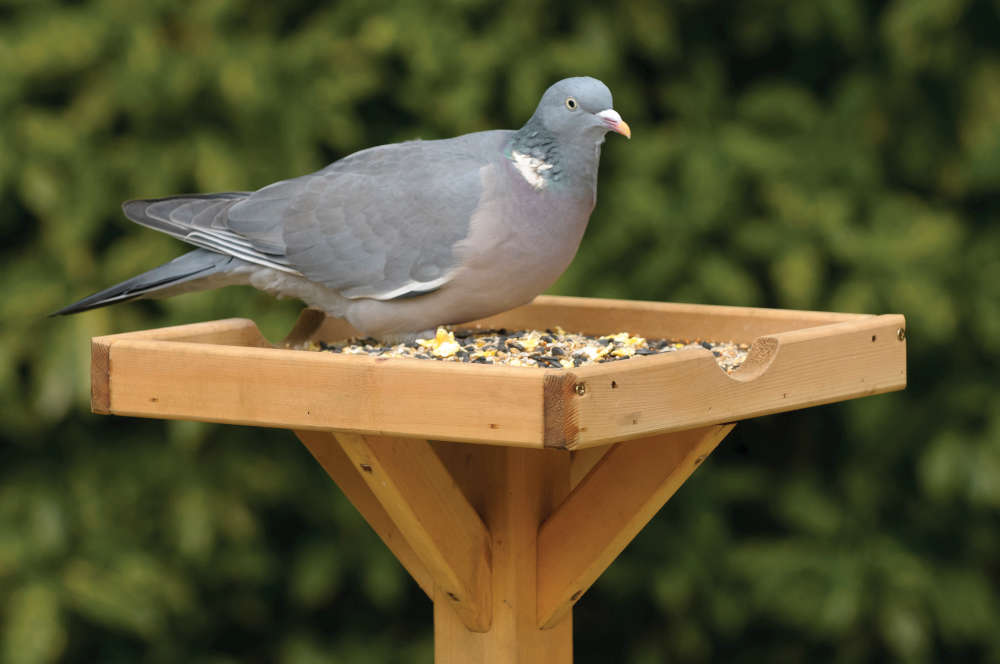
(image © Chris Gomersall)
5. Blackbird
This species fills the garden with a melodic song during the springtime, and they’ll scurry along the lawn or forage amongst leaf litter for prey, especially worms. Male birds have a black coloured plumage with a yellow eye ring and bill, whereas female birds are brown in colour with a speckled patterning. They’ll nest in gardens too, often in hedges.
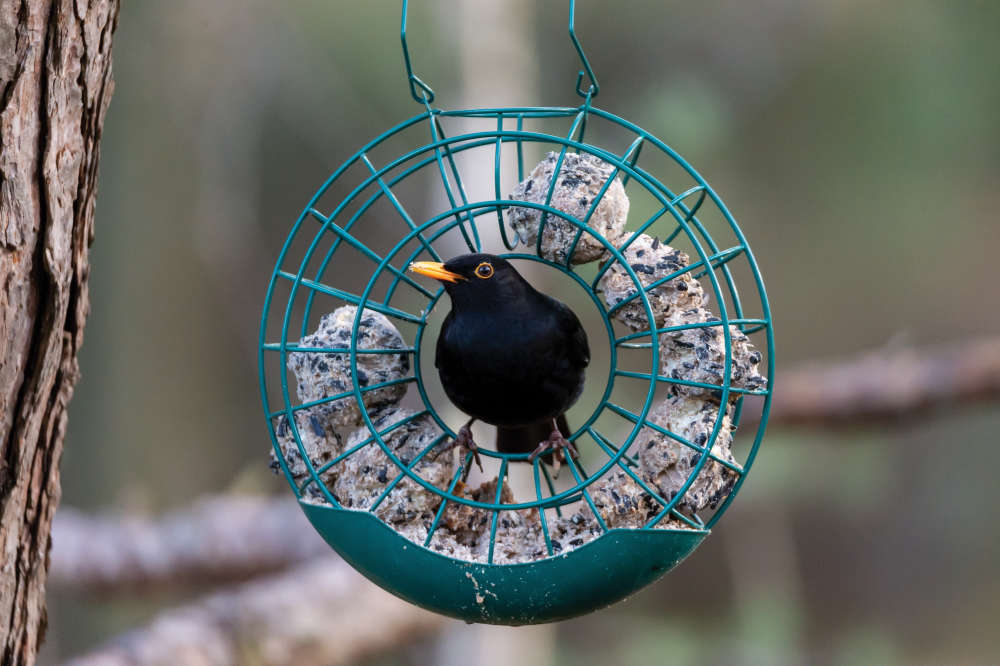
6. Robin
Crowned Britain’s National Bird in 2015, this species is easily identified by its bright red breast. If you hear a bird singing during the winter months it is likely to be a robin, as this species is known for singing near streetlights. They are aggressively territorial and will drive away any unwanted intruders to their patch.
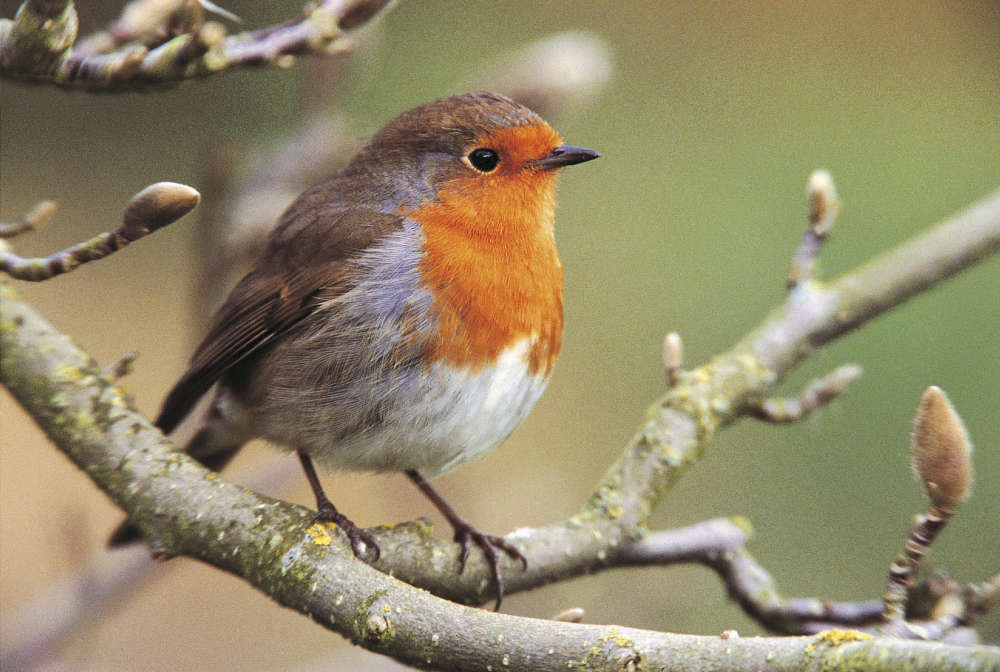
(image © Andy Hay)
7. Great Tit
Another colourful garden bird, great tits have a prominent black cap, white cheeks and yellow chest with a black stripe running down it. This species feeds on insects, caterpillars are a favourite, along with fruits and nuts during the colder months. They’ll often come to garden feeding stations and have a varied repertoire of calls.

(image © Grahame Madge)
8. Magpie
This member of the corvid family is bold and clever. Their black and white plumage is striking and take a close look to see the delicate but magical blue and green sheen. You’ll often know when this species is visiting your garden as they have a loud chattering call.
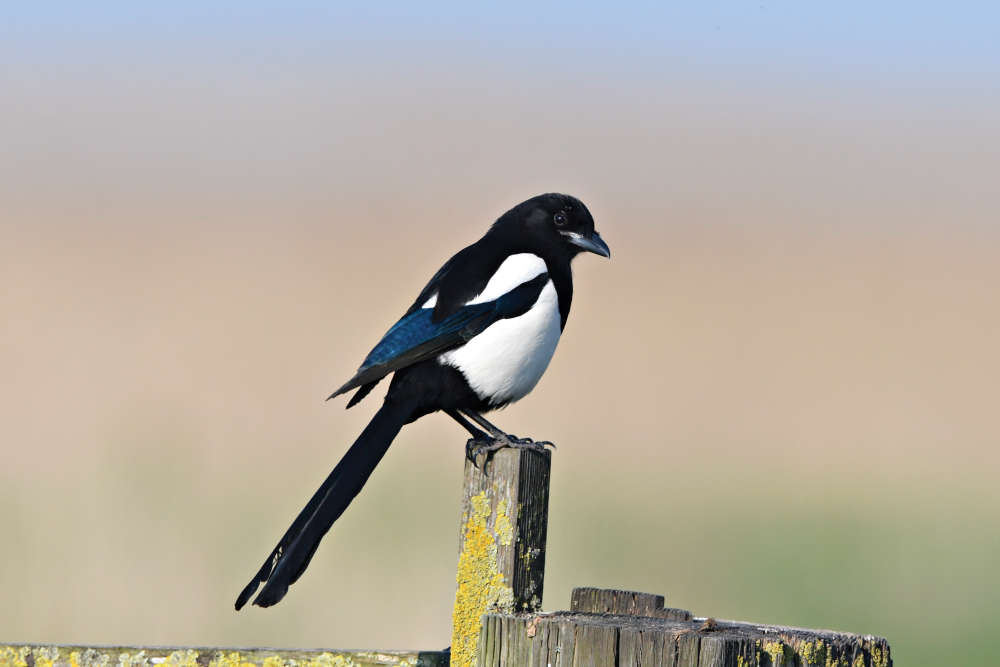
(image © Richard Brooks)
9. Goldfinch
True to their name goldfinches have a striking yellow bar of colouring on their wings plus a bright red face. This finch visits gardens in small flocks known as a ‘charm’ – listen out for their twittering calls. Feeding on a diet of seeds from plants like dandelions, teasels, and thistles they will also come to feeders to enjoy sunflower hearts and nyjer seeds.
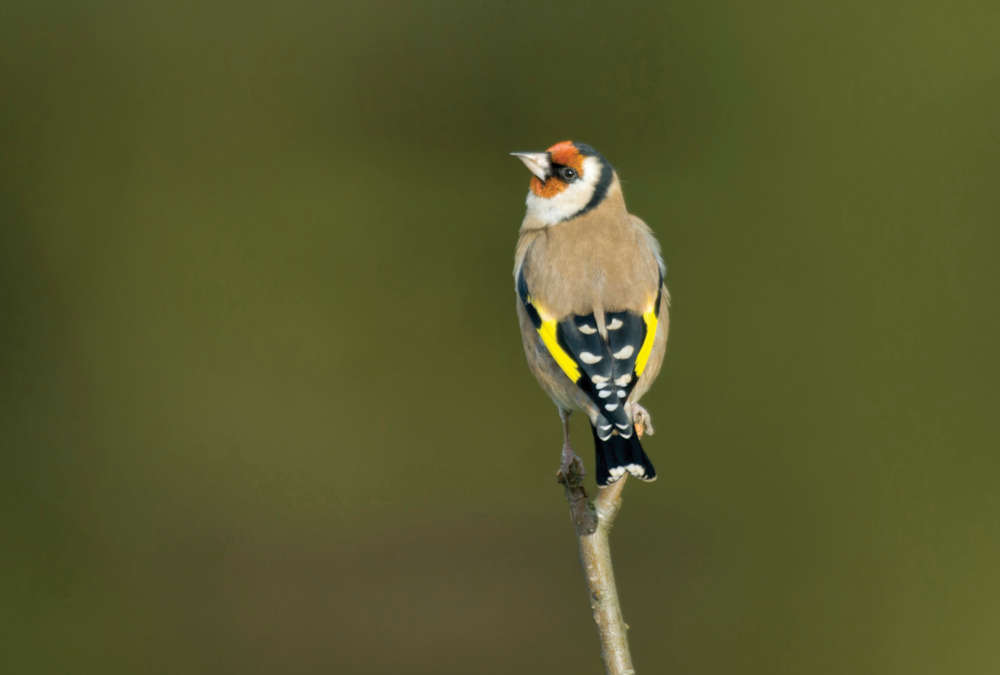
(image © John Bridges)
10. Feral Pigeon
These birds are the wild ancestor of domestic pigeons. Their plumage is varied and comes with many different colourings – spend a while watching this bird to see the intricate details of their appearance. They can be found in a variety of habitats from gardens to parks and urban areas.
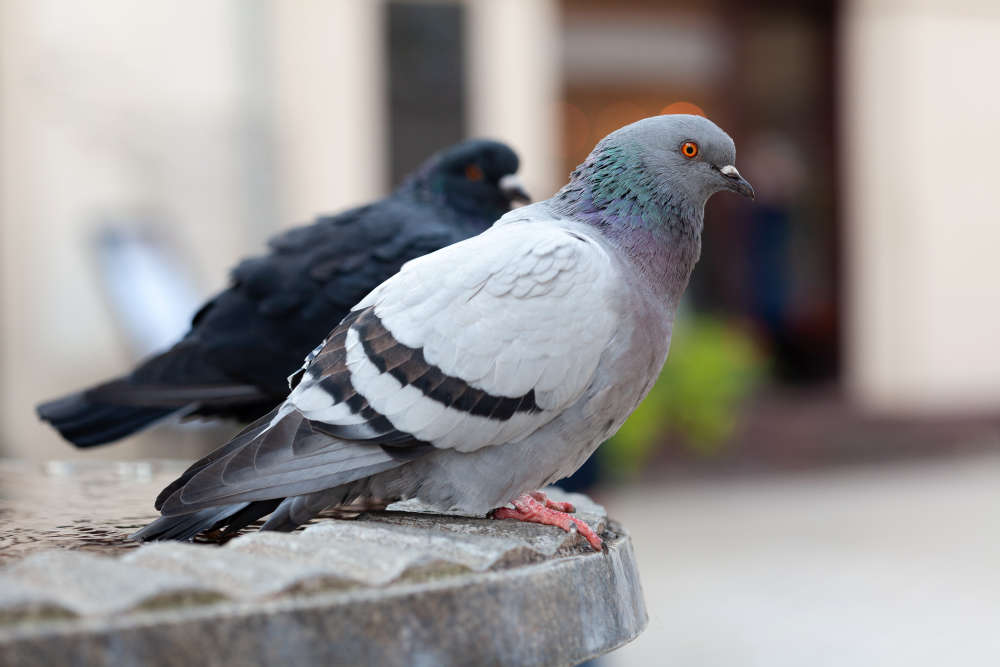
Top Tips for Feeding Garden Birds
1.Watch the species visiting your garden before investing in lots of different types of feeders. If you see goldfinches regularly for example, then buy feeders that hold sunflower hearts or nyjer seeds as these are a particular favourite of this species. You’re then more likely to see the birds visit your feeders and get closeup views.
2. Don’t throw out kitchen food scraps as some could make a tasty meal for your garden birds. Grated hard cheese (avoid strong or blue cheeses) is protein rich and is enjoyed by birds like robins and blackbirds. Fresh fruit like apples and pears are popular with thrushes, and you can also provide the inside of potatoes, but avoid salty or greasy ones. Raisins and sultanas can also be offered, but if you have dogs be careful as these dried fruits are toxic for them.
3. Avoid salty foods as salt can’t be digested by birds and please don’t offer fats and meat juices from roastings tins, as they can get stuck in birds’ feathers affecting their ability to keep dry and warm. Desiccated coconut, milk and cooked porridge oats should also be avoided.
4. A supply of fresh water is welcomed, so place a shallow dish on the ground or invest in a bird bath. These should be emptied daily and refreshed.
5. Remember to clean bird feeding stations regularly with water and a mild disinfectant to help prevent any diseases spreading. Do this outside wearing gloves. If you see food building up, remove any excess and fill feeders with enough food that will last up to two days.
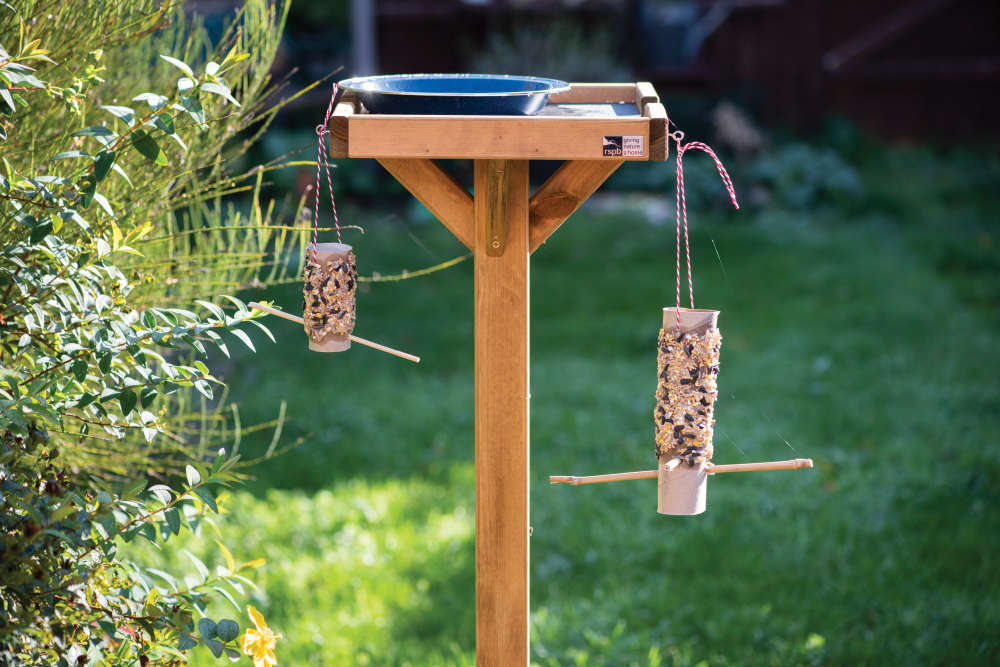

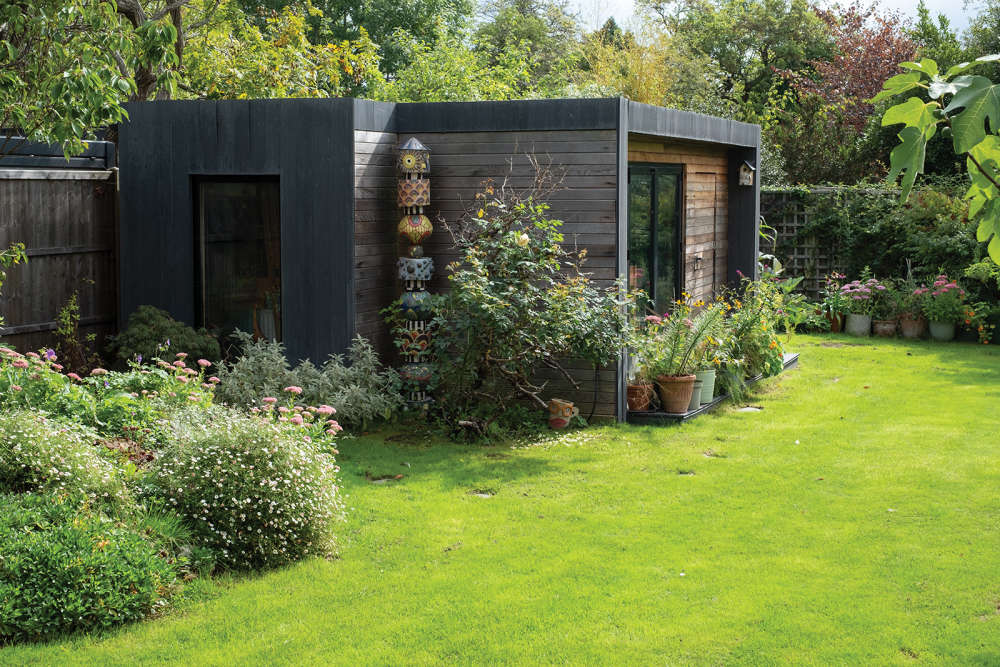 Homes Extra: Shed Space
Homes Extra: Shed Space
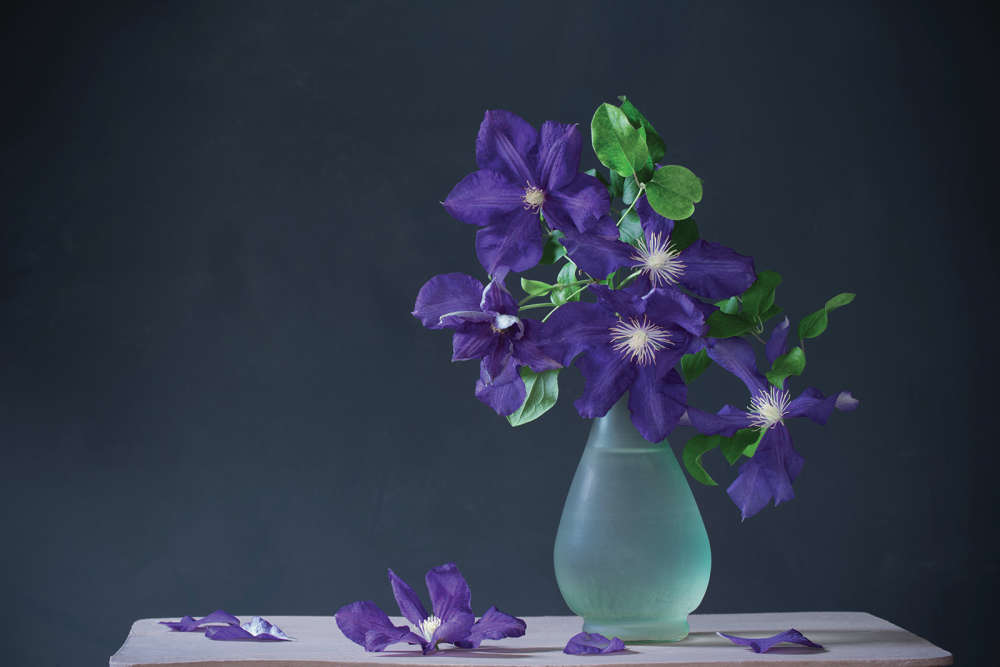 Gardening: Choose a Clematis for Every Month of the Year
Gardening: Choose a Clematis for Every Month of the Year
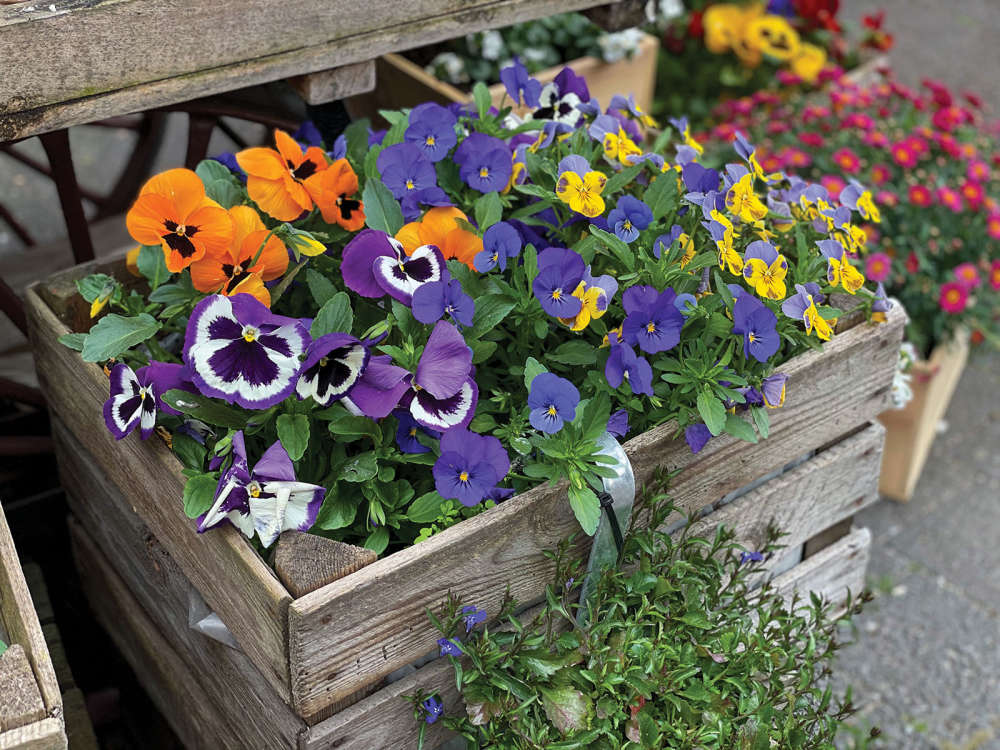 Blooming Times: Top of the Pots
Blooming Times: Top of the Pots
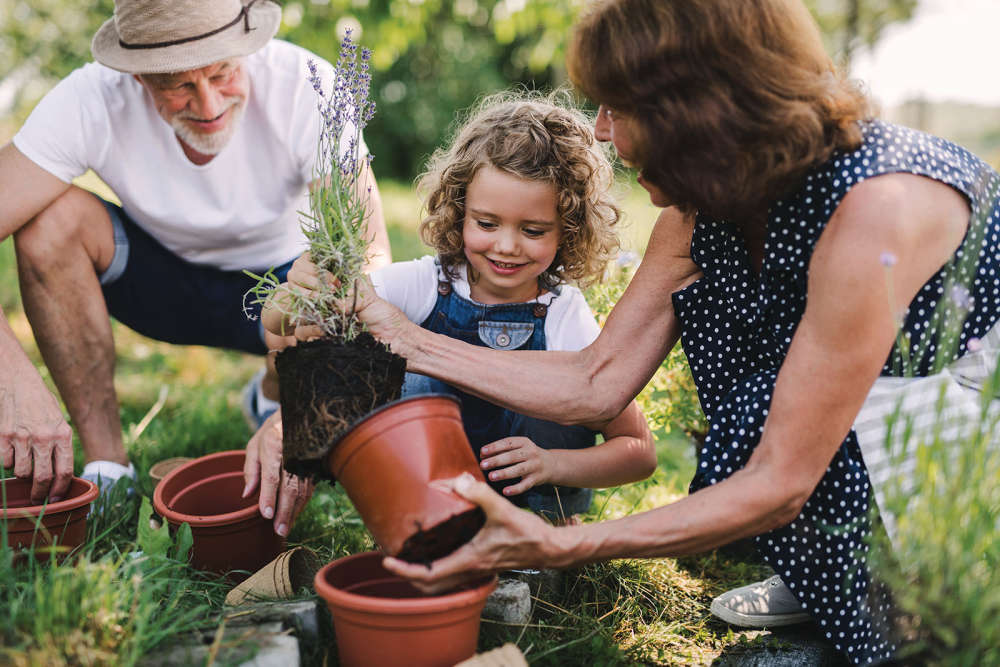 Kids Zone: Get the Kids Growing
Kids Zone: Get the Kids Growing
 Blooming Times: Wisteria Hysteria
Blooming Times: Wisteria Hysteria
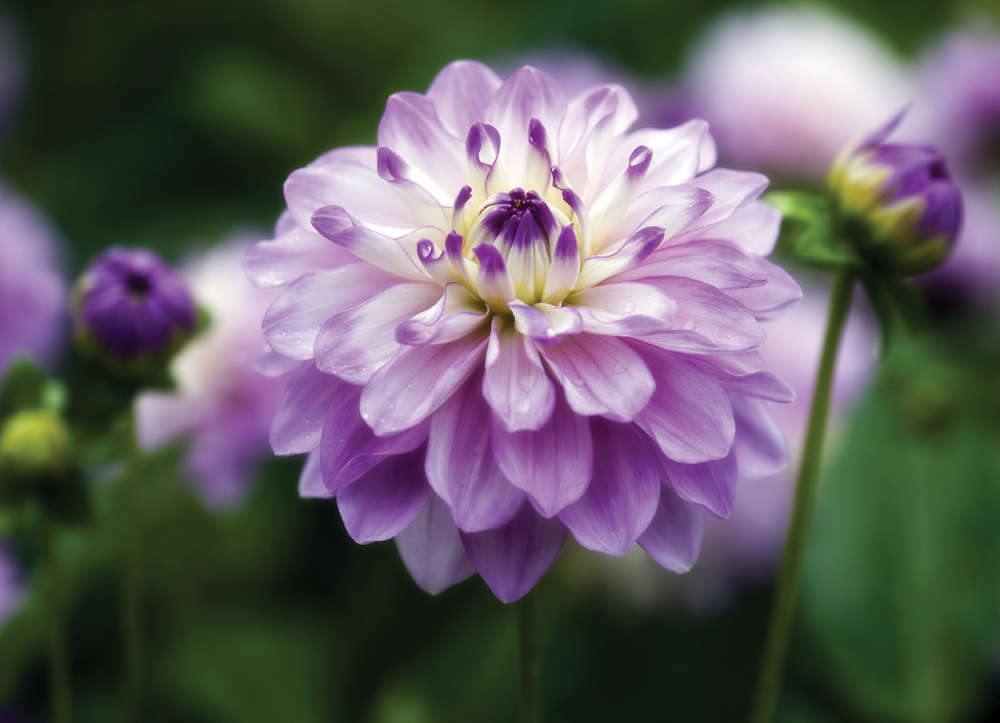 Blooming Times: Dahlia Mania
Blooming Times: Dahlia Mania
 How to Create 3D Walls in Your Home
How to Create 3D Walls in Your Home
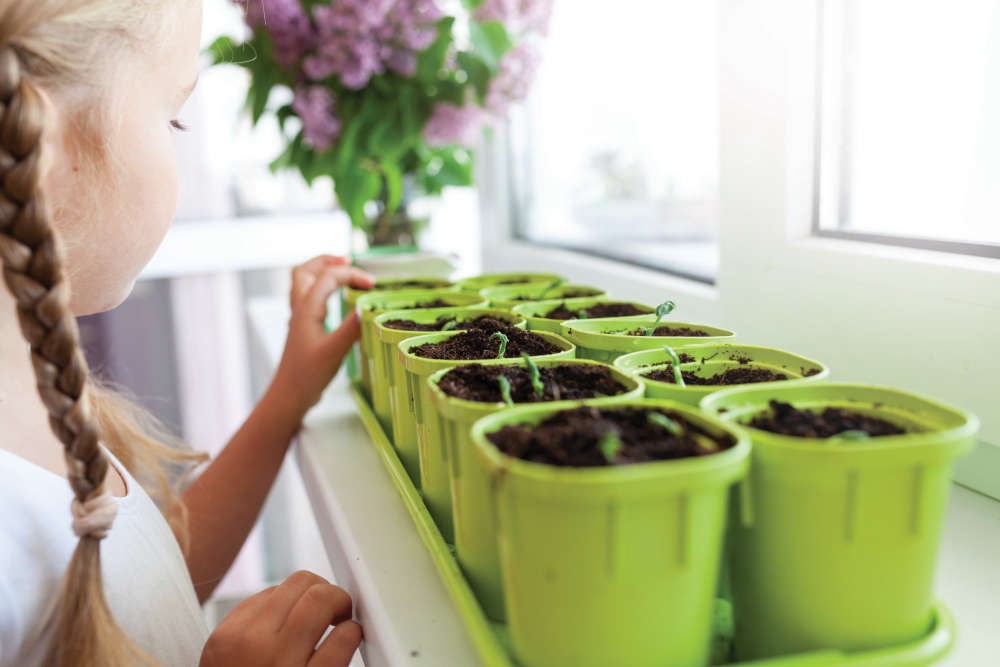 Blooming Times: Spring Fever
Blooming Times: Spring Fever
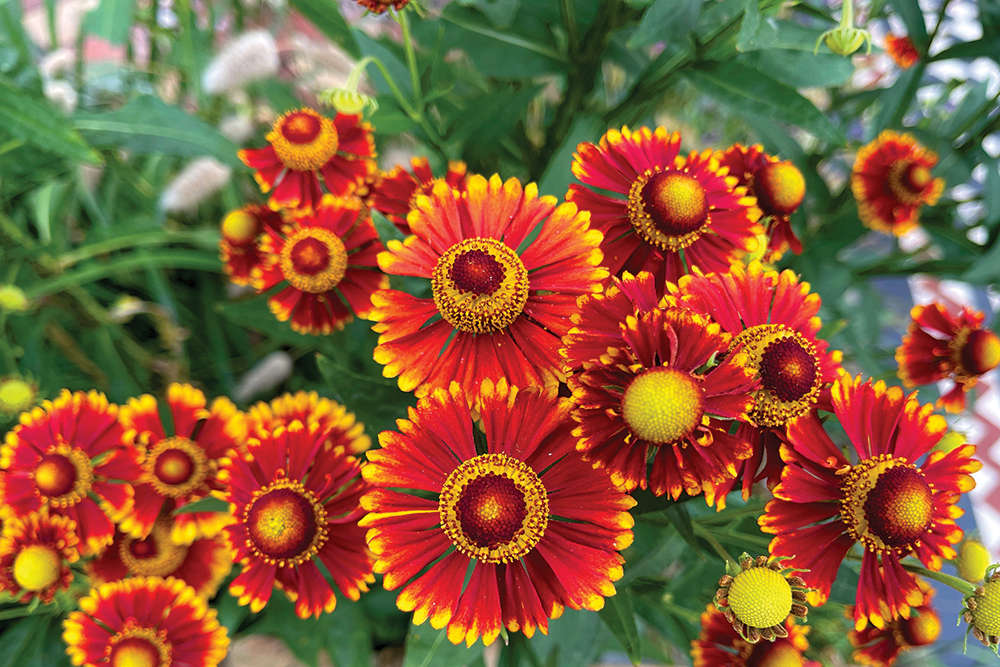 Blooming Times: What's in a Name?
Blooming Times: What's in a Name?
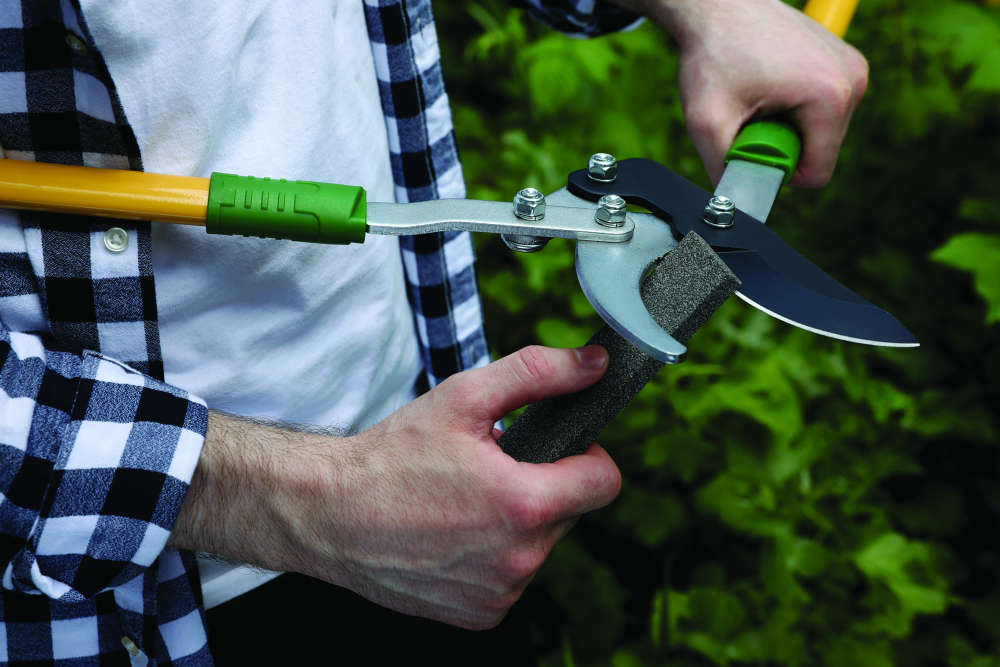 The Best Christmas Gifts for Gardeners
The Best Christmas Gifts for Gardeners
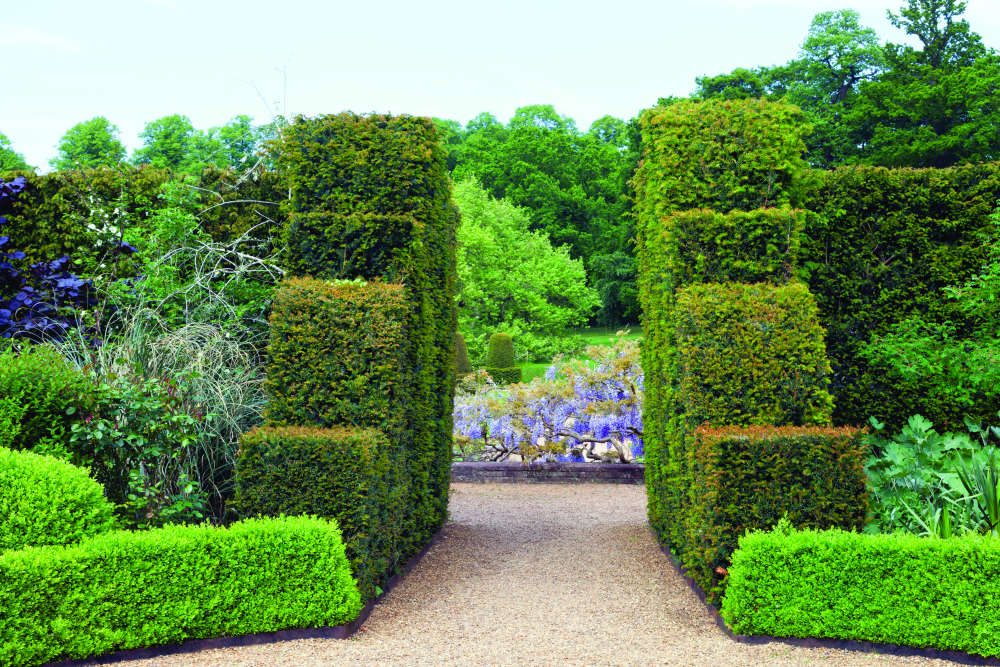 Gardening: The Benefits of Hedges
Gardening: The Benefits of Hedges
 How to Create a Happy Home Workspace
How to Create a Happy Home Workspace
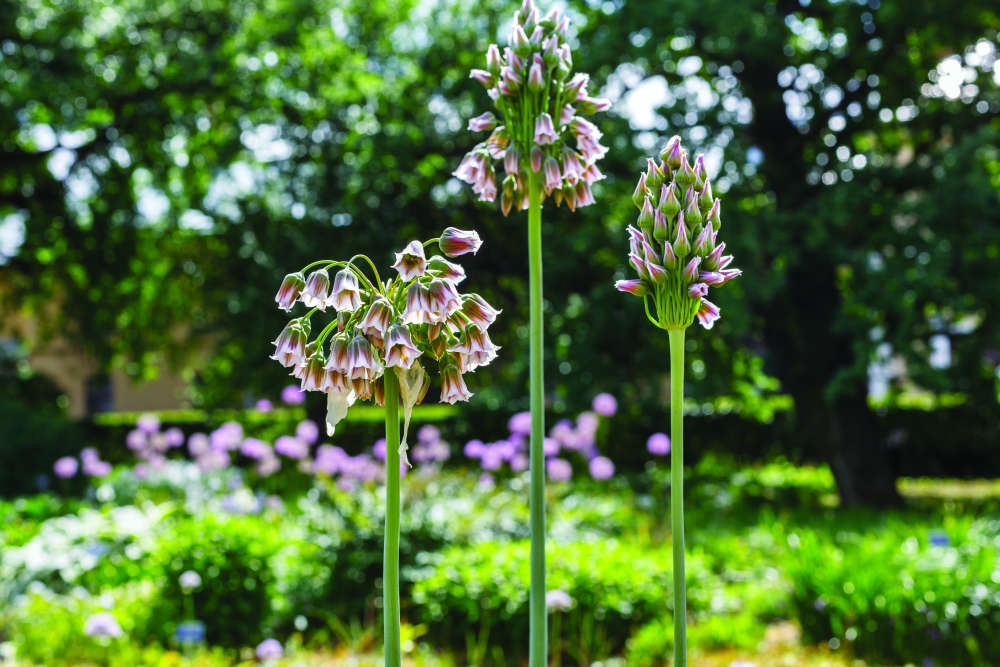 Now's the Time to Plant Alliums for a Spectacular Display Next Year
Now's the Time to Plant Alliums for a Spectacular Display Next Year
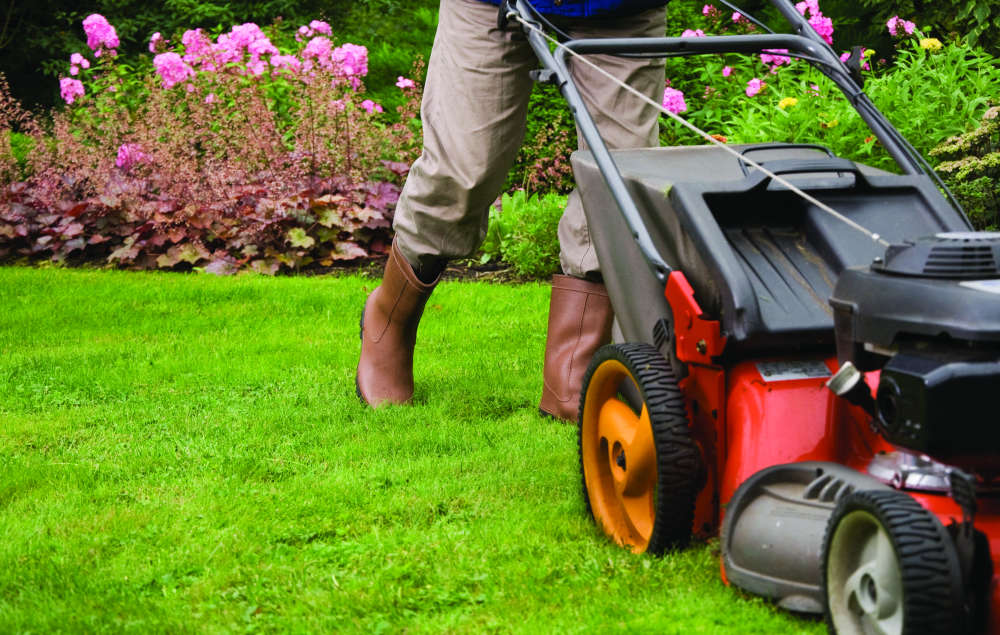 Gardening Facts or Fictions?!
Gardening Facts or Fictions?!
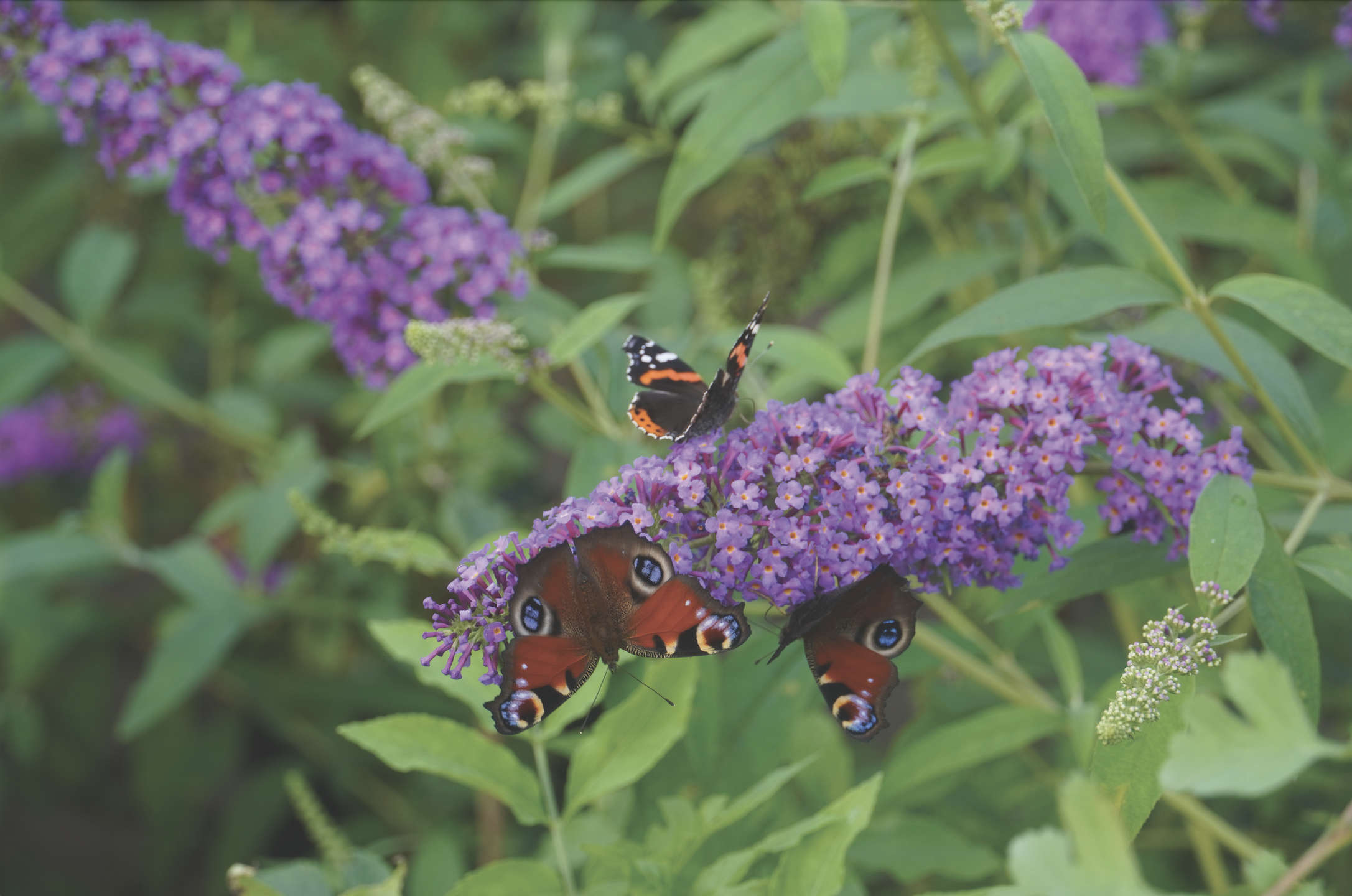 Fill The Gaps in Your Garden With Stunning Shrubs
Fill The Gaps in Your Garden With Stunning Shrubs
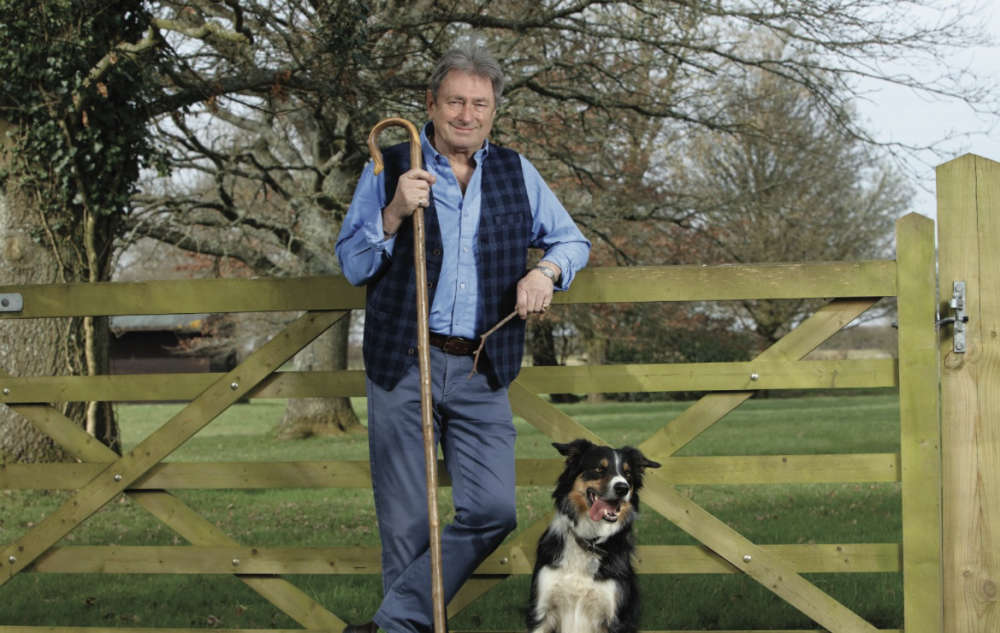 Summer in the Garden: The Alan Titchmarsh Column
Summer in the Garden: The Alan Titchmarsh Column
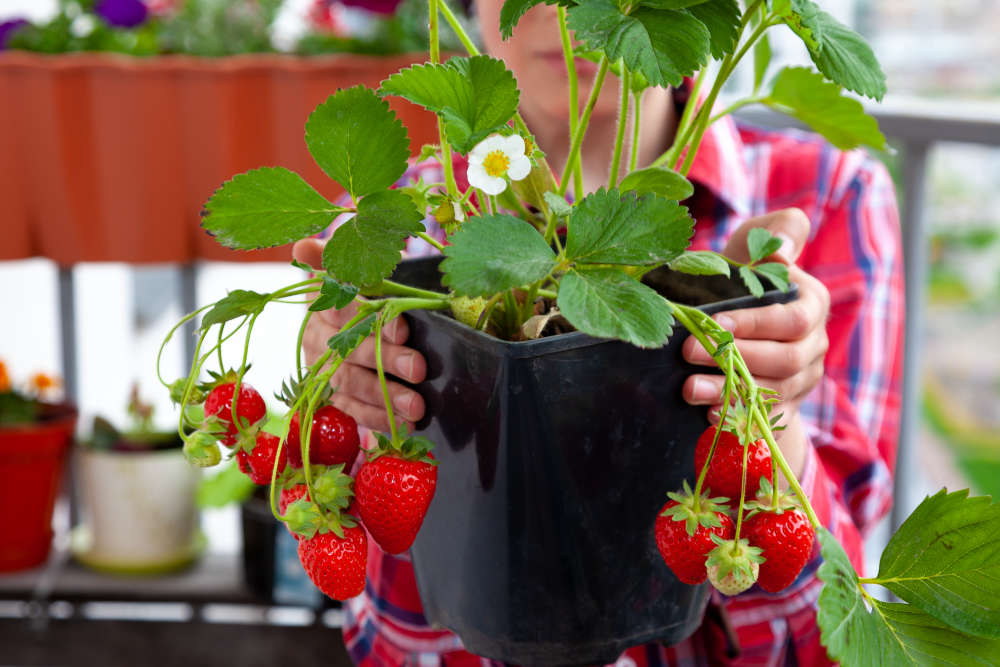 Grow Your Own Strawberries
Grow Your Own Strawberries
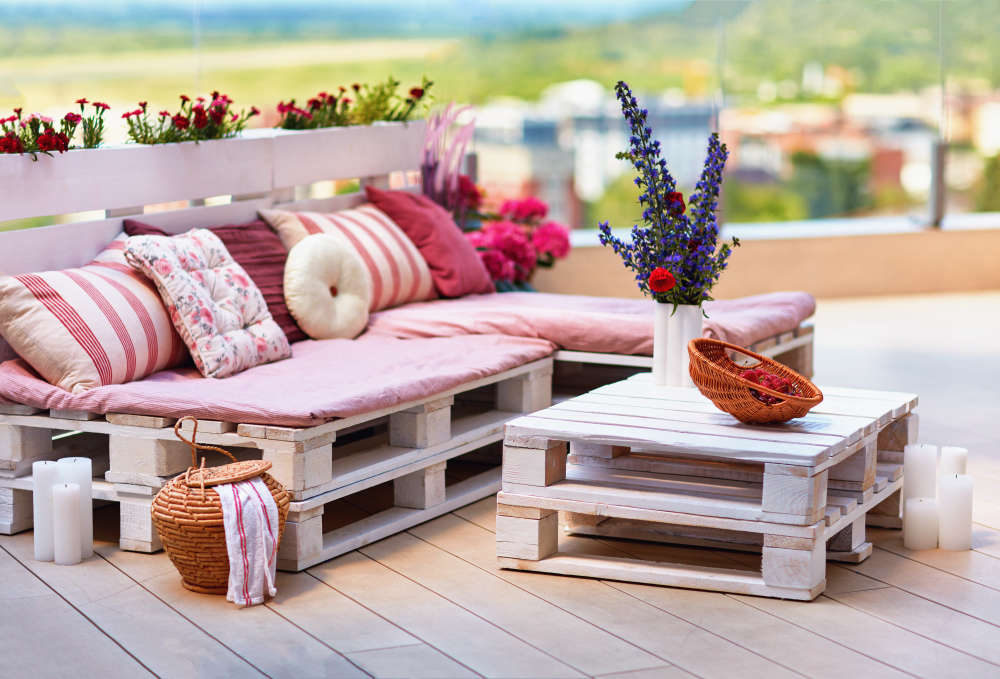 How to Make a Garden Sofa Out of Pallets
How to Make a Garden Sofa Out of Pallets
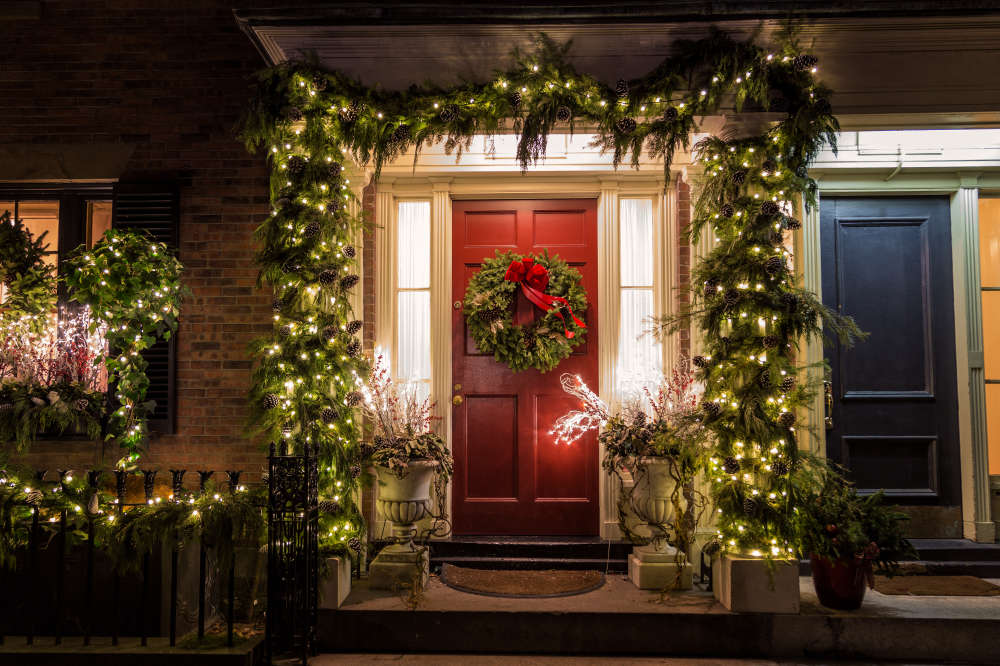 How to Create a Festive Garden
How to Create a Festive Garden
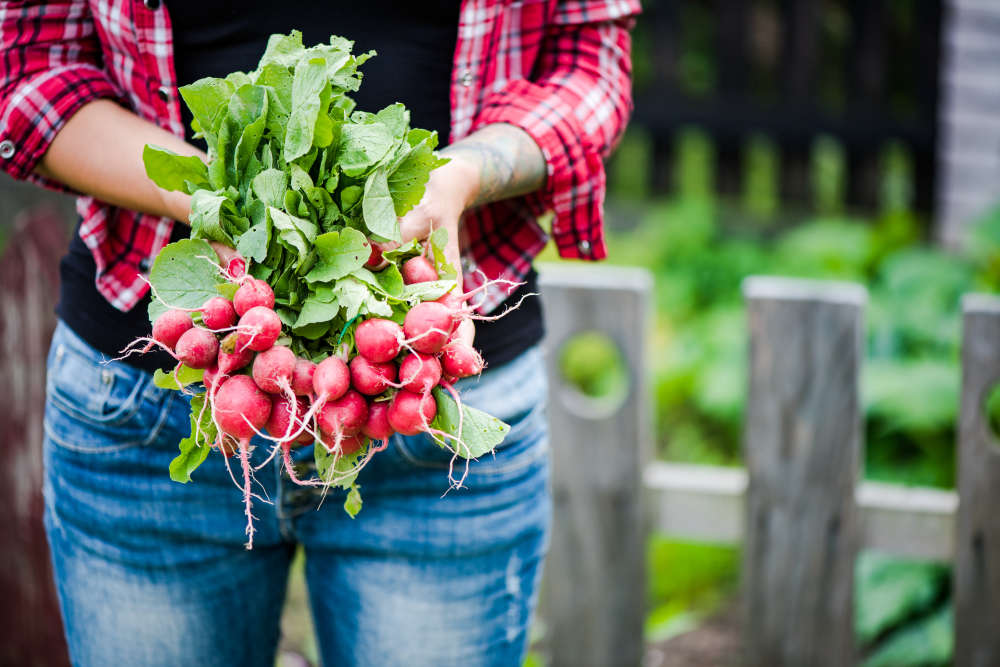 How to Grow Incredible Edibles
How to Grow Incredible Edibles